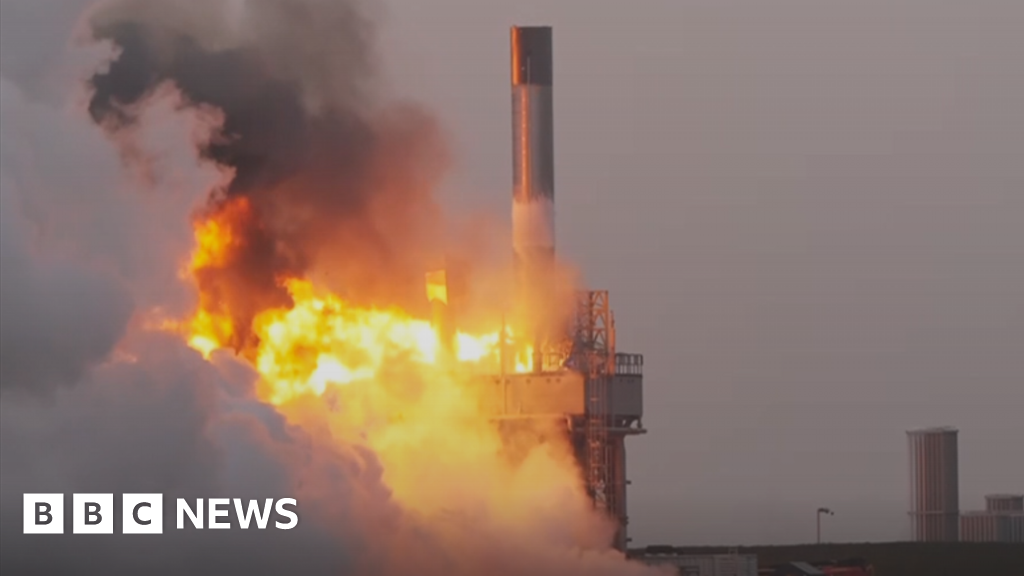We also found that Bechtel's performance drove the significant cost increases and schedule delays to the design and development of the ML-2. The current contract value of $1.1 billion includes $594 million of Bechtel overruns. Further, Bechtel's monthly cost reports show the company's continued underestimation of the ML-2 project's scope and complexity resulted in cost increases in several categories, including labor, equipment, and administrative expenses.
Although Bechtel has made progress on the ML-2 project since construction began in August 2023, the company faces technical challenges that risk further cost increases and schedule delays. This includes steel fabrication and delivery issues that impacted the construction start date, as well as potential changes to the ML-2's structure that could add to the launcher's weight and increase costs. To its credit, NASA has taken steps to better manage the Bechtel contract, including removing 6 of 11 umbilicals from the contract and instead providing them to Bechtel as government-furnished equipment, minimizing requirements changes, and improving contract management and visibility into costs.
...
For example, in 2022 NASA removed—or descoped—6 of 11 umbilicals from the Bechtel contract, allowing the company to focus its efforts on other critical activities. NASA's decision to remove the umbilicals from the Bechtel contract accounted for approximately 30 percent of the cost growth in these other project costs. While Bechtel is still required to integrate and install all 11 umbilicals on the ML-2, NASA will provide the descoped umbilicals to Bechtel as government-furnished equipment.
...
Additionally, Bechtel has had difficulties managing its numerous subcontractors. In mid-2021, ML-2 project management noted that Bechtel's "interactions and business relationship with the steel fabricator deteriorated to the point of dysfunction," resulting in unresolved fabrication issues that impacted the ML-2 project's critical path. Bechtel's lack of awareness and oversight of critical second-tier subcontractors responsible for steel fabrication contributed to a delayed construction start date. One subcontractor, which Bechtel allocated approximately 46 percent of the fabrication work to, sold all of its shop space to a non-NASA customer because Bechtel's steel fabrication plan lacked a signed contract with the subcontractor. As a result, Bechtel attempted to find another subcontractor with available shop space but was unable to do so in a timely manner. The delay in the steel fabrication process continued to impact the ML-2 project's schedule.

 spacenews.com
spacenews.com











